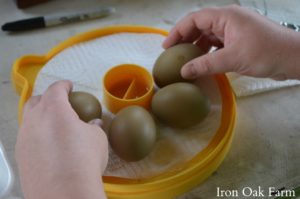 The number one reason I decided to become a Certified Salmonella Pollorum Tester is to save money when getting my flock NPIP Certified.
The number one reason I decided to become a Certified Salmonella Pollorum Tester is to save money when getting my flock NPIP Certified.
I plan on selling hatching eggs in the near future and to do so legally, my flock must be NPIP Certified. This entails a blood test performed by a Certified Salmonella Pollorum Tester, then a VS Form 9-2 with Certification fee sent for review.
On average, to pay someone to test my flock was going to run anywhere from $100-$300, with the additional State of Michigan Certification fee of $300. To save money on the testing fee, I decided to become a certified tester myself.
To become a Certified Salmonella Pollorum Tester you must take a training course and pay a small certification fee. In Michigan it is $30. This certification will last you 3 years so long as you test at least 30 birds in that 3 year period.
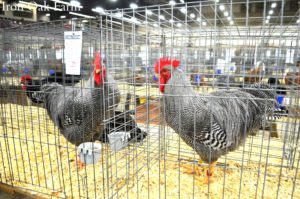 After that, you will not have to take the training course again, but you will have to renew your certification by sending the fee every 3 years. This certification not only allows you to test your own flock, but you can test other people’s flocks which can result in a small side business.
After that, you will not have to take the training course again, but you will have to renew your certification by sending the fee every 3 years. This certification not only allows you to test your own flock, but you can test other people’s flocks which can result in a small side business.
It also allows you to check birds if your children are in 4-H. Many of the 4-H shows have a volunteer who checks/tests birds at the door.
The closest Michigan class for us was at the University of Michigan. To find a class in your area, you can visit the NPIP website, click the “NPIP Participants by State/Territory”, select “state” then select “Upcoming NPIP Official Workshops” a dropdown box will allow you to see if there are any classes in your state. You can also contact your local county extension to see if they are holding training near you.
The class was $30 and that included the certification. If you wanted to attend without certification, the class was $5. It was approximately 3 hours long, with 2 breaks.
The first third of the class included learning about Pollorum, the history of the disease, why the certifications were put into action, a breakdown of the laws, and how successful the program has been in preventing the spread of disease.
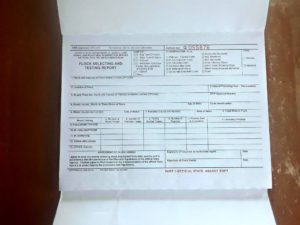 The second third was learning about the forms required for both certification and for shipping birds. How to fill out these forms, where to send them and where to get more forms. It also included what to do if you get a bird or flock that tests positive, which I will cover in a future post.
The second third was learning about the forms required for both certification and for shipping birds. How to fill out these forms, where to send them and where to get more forms. It also included what to do if you get a bird or flock that tests positive, which I will cover in a future post.
The last third of the class, and perhaps the most interesting, was the hands on section. It is here that we watched as one of the instructors performed the test on a live chicken. Then we were required to perform the test ourselves on the rest of the chickens provided. We were required to read the test results as positive or negative and have our conclusion checked by one of the training experts. The instructors had both a positive and a negative antigen constant. So even though we were working with a healthy flock, there was a chance you could read a negative result, for teaching purposes.
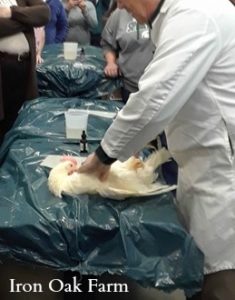 It was a very interesting process. The team that conducted our class was very informative and answered every question that was presented.
It was a very interesting process. The team that conducted our class was very informative and answered every question that was presented.
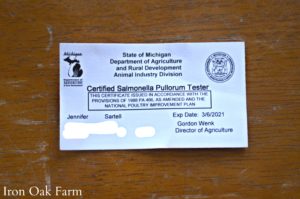 Some weeks later, I was mailed my certification card.
Some weeks later, I was mailed my certification card.











1 Comment
How did you go about signing up for the CPT program to test your own flock for NPIP? I am not really able to find much info on the NPIP site. Any tips for this? 🙂